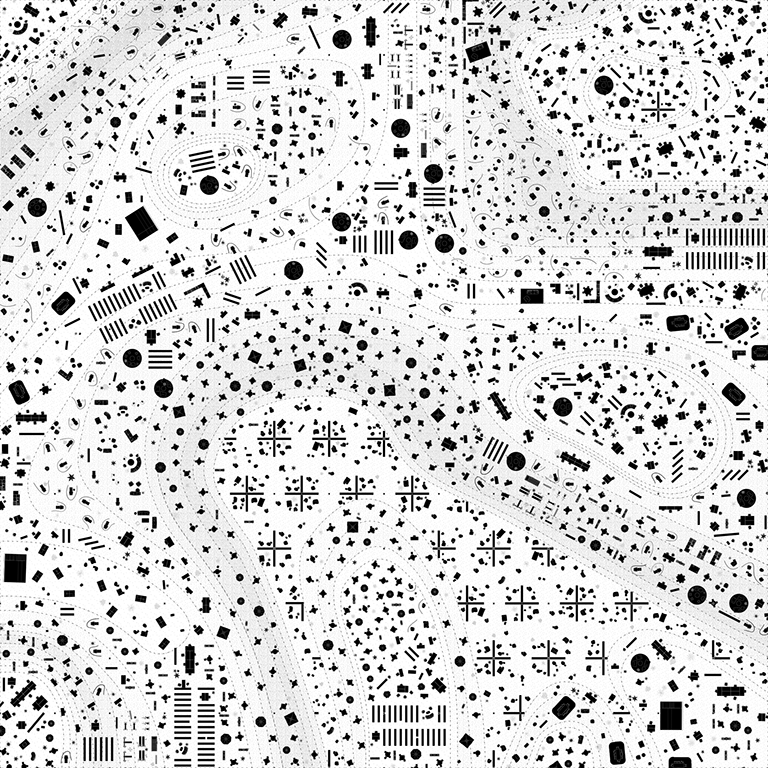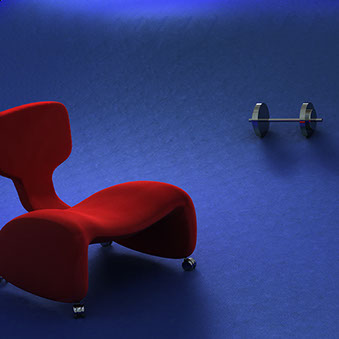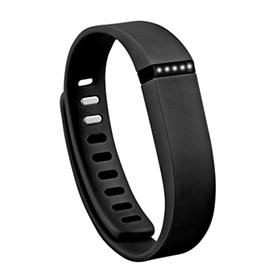12 IDEAL OFFICES

fitness associate
topographiy x navigation
Freed from any divider, the soft-space partitions the environment through the use of topography. The altimetric differences contribute to the advent of a landscape in which the wall is substituted by the relief. The alpha version of the soft-space randomly arranges objects and furniture in space. Thanks to the geolocation devices with which they are equipped, these elements are to be moved freely by their users. Every individual integrated in the system then finds in this place all the commodities necessary for life in society, free from any organizational policy.
Based on the Quantified Self's research and practices, the system organizes all the trips of its stakeholders. In its quest to control the body, it allows individuals to achieve the goals they have given themselves - physical activity, nutrition, or socialization. The soft-space - and the system it supports, advise users on their destinations and the path to follow. Instead of adapting the environment to the emotional modulations and desires of its occupants, it rather alters their movements. By geolocating objects and individuals, by calculating travel times and their associated energy expenditure, or by analyzing emotional reactions, it is able to propose the most comfortable travel according to the user's expectations. All actions taking place within it are considered in their entirety.
The desire for privacy then becomes a distortion of the virtual map, whose main consequence is the adaptation of the navigation of individuals to omit any intrusive movement. The topography thus allows the creation of spaces of convergent or divergent views. It is no longer considering intrusion as the entry of an individual into a limited, spatially closed space but rather as a spatial deviation from collective consensus. Over control by physical constraint, the system prefers collective morality.


Flex, Fitbit (US), 2013
text
render
IoT